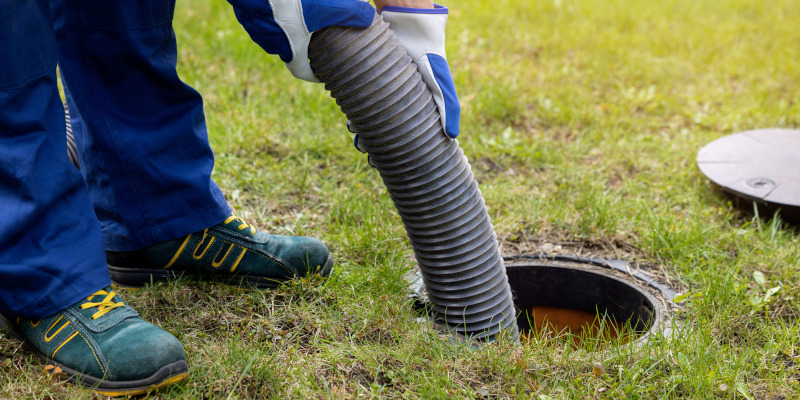Your septic tank must typically be pumped every three to five years. Families with children or more water usage tend to require pumping more frequently.
As wastewater enters the septic tank, heavier solid waste sinks to the bottom and accumulates as a sludge layer. Grease and other lighter substances float to the top, where they form a layer of scum.
Slow Draining Fixtures
A septic system has an ecosystem that allows it to work as it should. This ecosystem comprises bacteria that naturally break down waste and treat wastewater. The septic tank won’t work at full potential if common household substances kill off these bacteria.
If you use a septic system, you should be especially discerning about what goes into the toilet and drains. That means not flushing toys, dental floss, feminine hygiene products, disposable diapers, or kitty litter. The first sign of a septic tank that needs pumping is slow or gurgling drains. This serious problem can lead to sewage backup in your home.
Sickly Odors
Odors from the toilets or drains are a sign that your septic system needs to be pumped. When new wastewater is flushed down the toilet, it enters the septic tank. Natural bacteria use anaerobic digestion to break down the waste and push it into a drainage field (made up of underground perforated pipes).
When you don’t have enough healthy bacteria in your septic system, solids build up and clog your drainage fields. Harsh chemicals like bleach, cleaning supplies, and grease interfere with the good bacteria in the septic tank and can also cause odor problems.
Another sign that your septic tank is full is septic fumes that waft through your house. The gases are a byproduct of the anaerobic bacteria breaking down organic waste material in your septic system and should only escape through the manhole outside the tank.
Sewer Backup
Sewer backup is a sign that your septic tank is overflowing. A professional septic services provider can remove the tank lid using a large truck and a giant suction hose. The sewage is then pumped into the truck and transported to a sewage processing plant to be treated. Sewage backups are a major health hazard and should be taken seriously.
They can cause infections, lead to odors throughout your home, and even damage your property. Your septic tank should be inspected regularly to determine the sludge and scum levels. It may be recommended to pump your septic tank annually, but it also depends on the tank size and the amount of waste it holds.
Clogged Drains
The amount of solids that enter a septic tank can impact how often it needs to be pumped. Households that use a garbage disposal unit or frequently flush liquid waste like feminine products, wipes, and oily substances will likely need their septic tank pumped more often than those without.
Another sign that it’s time for a septic tank pumping is when drains become clogged. If you’re having problems with multiple drains, it’s likely a sign of a clog in the line between your home and your septic tank.
To check for this, use a long stick to lower it into the septic tank until you reach the bottom of the dark sludge layer. The sludge will cling to the velcro strip on the stick, and you can figure out how many inches of sludge are present by referring to the velcro markings. Using a stick to measure the septic tank sludge is one of the best ways to know if it’s time to have it pumped.




